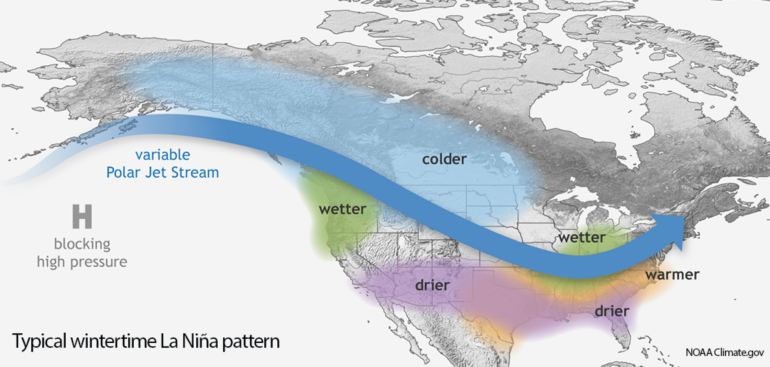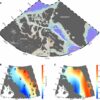El Niño-Southern Oscillation (ENSO), the climate pattern involving warming or cooling sea surface temperatures in the Pacific, has immense influence on the formation of tropical cyclones globally. A new study involving Florida Tech shows that in the Bay of Bengal, that influence is geographically confined, a discovery that should help extend the lead time of seasonal predictions for cyclones that form in that region.
“ENSO influence on Bay of Bengal cyclogenesis confined to low latitudes,” published last month in the Nature journal npj Climate and Atmosphere Science, found that ENSO’s impact in the Bay of Bengal in the north Indian Ocean is confined to near-equatorial cyclones, with little to no impact on cyclones that form further away from the equator.
Historically, 40 percent of Bay of Bengal cyclones are near-equatorial cyclones. These storms can be extremely costly in terms of lives lost and damage done: A near-equatorial cyclone in November 2017 named Ockhi traveled over 1,200 miles and devastated parts of Sri Lanka and India with the loss of at least 218 people and $920 million in damages.
“Any progress in understanding such cyclones can make a huge impact on the Indian subcontinent,” said Pallav Ray, a meteorologist and associate professor in ocean engineering and marine sciences at Florida Tech and a co-author of the study.
In addition to ENSO, there is a second climatic phenomenon that has significant influences on year-to-year fluctuation in the tropical cyclone frequency in the Indian Ocean, the Indian Ocean Dipole (IOD). This is similar to ENSO in that it involves warming and cooling of the eastern and western equatorial waters, but this happens in the Indian Ocean, not the Pacific as is the case with ENSO.
The study found that the teleconnection between ENSO/IOD and Bay of Bengal cyclone frequency is confined in the near-equatorial region with little to no influence for cyclogenesis, or cyclone formation, further away from the equator during ENSO and IOD except during negative IOD. Changes in the low-level winds in the equatorial region were found to be the most critical parameter influencing such cyclogenesis.
“Since the year-to-year variability in the near-equatorial cyclone numbers is largely determined by the phase of ENSO and IOD, knowing the ENSO/IOD phases will undoubtedly help extend the lead time and improve the seasonal prediction of Bay of Bengal cyclones,” Ray said.
More information:
Shinto Roose et al, ENSO influence on Bay of Bengal cyclogenesis confined to low latitudes, npj Climate and Atmospheric Science (2022). DOI: 10.1038/s41612-022-00252-8
Provided by
Florida Institute of Technology
Citation:
New research on Pacific climate pattern may lead to improved cyclone forecasting (2022, May 5)



